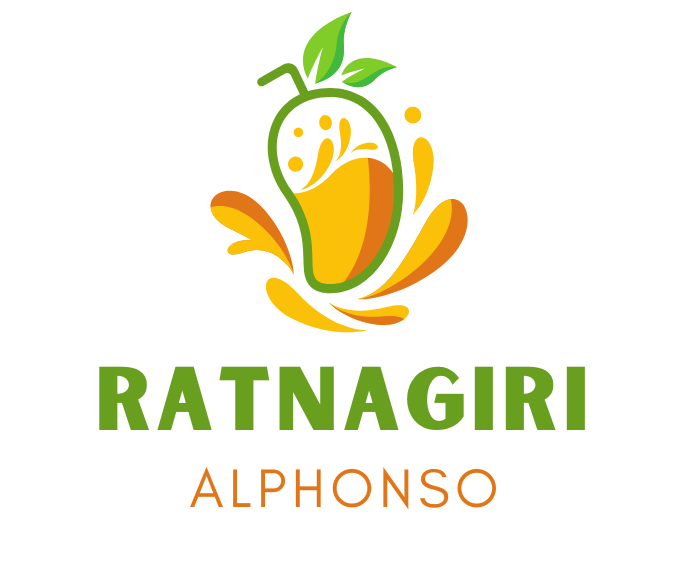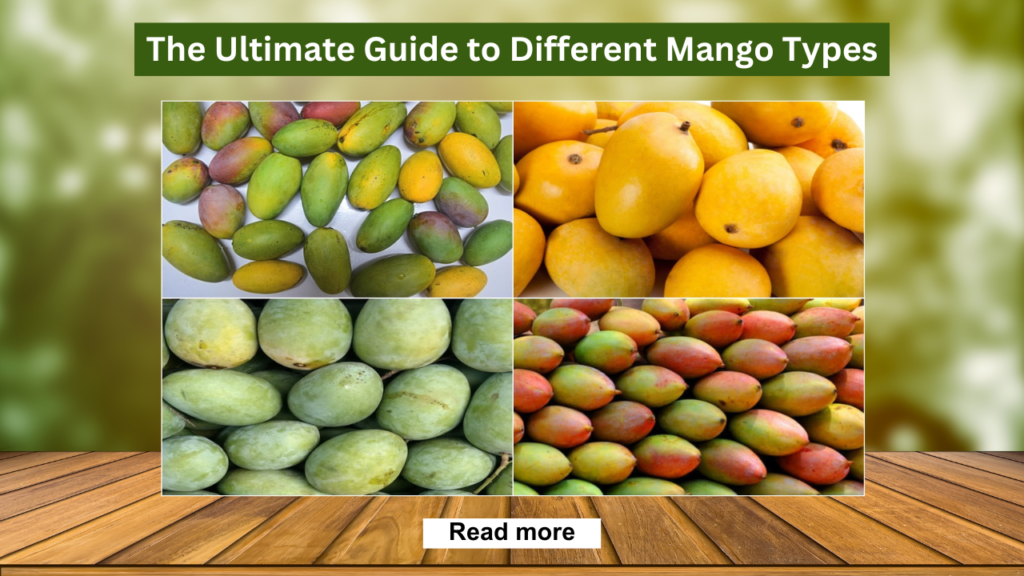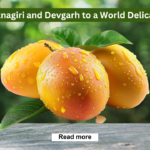The delicious flavour and adaptability of mangoes, commonly referred to as the “King of Fruits,” are honoured globally. Every mango variety, of which there are hundreds cultivated worldwide, has a distinct flavour, texture, and set of qualities. This comprehensive book delves into the varied world of mangoes, providing information on some of the most well-liked and unique varieties.
Mangoes are a fruit with a rich history and a variety of kinds in addition to being a delightful tropical treat. Knowing the differences between mango varieties can improve your cooking and assist you in selecting the ideal mango for any given situation. Let’s explore the various mango kinds and learn what makes them unique.
1. Mango Alphonso India (regions of Ratnagiri and Devgarh)
- Flavor Profile: Rich, creamy, and highly sweet with a hint of tanginess, Alphonso Ratnagiri mangoes are well known for their flavour. Its flavour is frequently characterised as having the ideal balance of mild acidity and sweetness.
- Texture: Buttery, silky, and non-fibrous, perfect for eating raw or in dessert recipes.
- Usage: Eat it raw, add it to ice cream and mango mousse, or use it to make mango lassi.
2. Tommy Atkins Mango Florida, USA of origin
- Flavour :Tommy Atkins mangoes are somewhat tangy and sweet. Though not as aromatic as other species, they are nonetheless quite tasty.
- Texture: A bit difficult to eat, this texture is stringy and firm and fibrous.
- Usage: Frequently used as a fresh fruit and in salads and salsas. It’s appropriate for slicing and dicing because of its hardness.
3. Haden Mango
- Origin: Mexico
- Flavour : haden mangoes are sweet with hints of spice and tropical flavours. There is a nice balance between sweetness and spice in the flavour, which is complex.
- Texture: Firm, fibrous flesh that can be a little stringy but is still tasty.
- Use: Excellent for fresh eating, salads, and smoothies. It’s a favourite for recipes that call for a mango with a strong flavour because of its vivid colour and sweetness.
4. Kent Mango
- Origins: Mexico & Florida, USA
- Taste Profile: Mangoes from Kent are renowned for their low-fibre, sweet, and buttery flavour. They taste quite smooth and rich, which is very appealing.
- Texture: Easy to consume, smooth and juicy with a creamy consistency.
- Uses: Great for creating purees, adding to desserts, and eating fresh. It’s perfect for recipes that call for a smooth texture because of its low fibre level.
5. Keitt Mango
- Origin: Florida, USA
- Flavour profile :Keitt mangoes feature a floral scent and a sweet, somewhat acidic. Though not as sweet as Alphonso, they still have a delicious flavour.
- Texture: It’s easy to appreciate because it’s juicy and less fibrous.
- Use: Ideal for fresh eating, salads, and salsas. The luscious texture adds flavour and moisture to foods that need it.
6. Palmer Mango
- Origin: Brazil Tasting Notes: Palmer mangos have a mildly acidic flavour.
- Flavour : Tropical, which is energising and fulfilling.
- Texture: It’s juicy, smooth, and has less fibre, which makes it enjoyable to eat.
- Use: Ideal for juicing, topping sweets, and consuming fresh. Its flavour goes nicely with a wide range of items.
7. Langra Mango
- Origin: India (North India)
- Flavor Profile: Langra mangoes are prized for their distinct aroma and tangy-sweet flavour. It tastes bright and crisp at the same time.
- Texture: The mango’s unique mouthfeel is enhanced by its firm and slightly fibrous texture.
- Uses: Eaten raw or added to pickles and mango chutney, among other traditional Indian recipes.
8. Dasheri Mango
- Origin:India (north India)
- Flavour: Dasheri mangoes have a mildly tangy flavour and are aromatic and sweet. They taste quite nice and well-balanced.
- Texture: Consistently smooth and juicy.
- Use: Perfect for chutneys, fresh eating, and adding to desserts. It is a flexible option for many different culinary applications because of its well-balanced flavour.
9. Sindhri Mango
- Origin: Pakistan
- Flavor Profile: Sindhri mangoes are extremely sweet and fragrant. Their rich, sweet flavour and aromatic profile are well-known.
- Texture: Juicy consistency, smooth and non-fibrous.
- Use: Ideal for producing sweets with mango as an ingredient and for eating fresh. It’s a favourite for cocktails and sweets because of its sweetness.
10. Ataulfo Mango
- Origin: Mexico
- Flavor Profile: Ataulfo mangoes are known for their extreme sweetness and creamy texture, with a hint of honey-like flavour.
- Texture: Melt-in-your-mouth consistency, buttery and smooth.
- Use: Ideal for topping pastries, preparing salsas, and consuming fresh. The silky smoothness of the mango puree is perfect for recipes calling for it.
Conclusion
Examining the diversity of mangoes exposes the wide range of tastes and textures that this popular fruit has to offer. Every mango variety, from the sweet Ataulfo to the creamy Alphonso, offers a distinctive flavor that can enhance your culinary creations. To truly appreciate each mango’s unique attributes, think about its type and characteristics the next time you come across one.
FAQs
1. What are the most popular types of mangoes?
Alphonso, Tommy Atkins, Haden, Kent, Keitt, Palmer, Langra, Dasheri, Sindhri, and Ataulfo are a few of the most well-known mango types. Every cultivar has a distinct flavor profile, texture, and application.
2. How do Alphonso mangoes differ from Tommy Atkins mangoes?
Mangoes from Alphonso are prized for their deep, rich flavor that has a hint of tanginess and a rich, creamy texture. Tommy Atkins mangoes, on the other hand, are firmer and more fibrous, and they have a pleasantly sweet flavor with a subtle tang.
3. What is the best way to enjoy Alphonso mangoes?
Alphonso mangoes have a creamy, non-fibrous texture that makes them best consumed fresh. They work well in sweets such as ice cream, lassi, and mango mousse.
4. Which mango variety is best for smoothies?
Because of their reduced fibre content and smooth, creamy textures, mango cultivars like Kent and Ataulfo are perfect for smoothies. Their creamy smoothies taste great with their rich flavour and consistency.
5. What is the difference between Keitt and Kent mangoes?
While Kent mangoes are well-known for their buttery sweetness and smooth, fiberless texture, Keitt mangoes are prized for their juicy, sweet, somewhat tangy flavour and texture with less fibre. Mangoes from Kent are generally recommended for pureeing and eating fresh.



